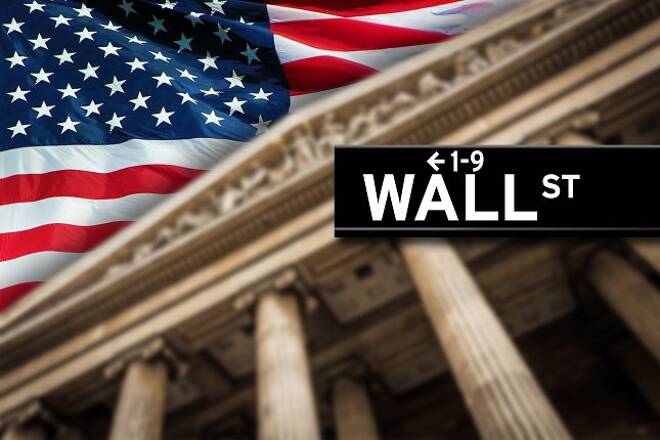Advertisement
Advertisement
U.S. GDP Comes in Below Expectations at 0.7 Percent
By:
The U.S. economy sputtered in the first quarter of Donald Trump’s presidency, growing at the slowest pace in three years while serving as a reminder of
The U.S. economy sputtered in the first quarter of Donald Trump’s presidency, growing at the slowest pace in three years while serving as a reminder of the fragility of the nation’s economy.
According to the Commerce Department, U.S. Gross Domestic Product grew at a 0.7% annual rate in the first quarter from the preceding three months. This was below the 1.3% estimate and the roughly 2% average growth rate during the nearly eight-year expansion.
Although the equity markets are hovering near all-time highs, the GDP data failed to match the confidence in Trump’s ability to grow the economy as promised. It also failed to meet surging confidence expressed by consumers and businesses since Trump won the election in November.
On the optimistic side, traders said that steady growth was still intact. Economic output came in at 1.9% in the first quarter compared to the same period a year earlier. This puts it on a path to meet the Fed’s expectations for 2.1% expansion this year.
Traders pinpointed the problem with the GDP as slow consumer spending. In the first quarter, consumer spending grew at the weakest rate since 2009. Additionally, business inventories also fell.
Still others pointed to stronger growth ahead, saying that companies invested in facilities and equipment at a faster pace than anticipated. Exports also rose steadily primarily in response to an improving global economy.
Employment Cost Index
While the GDP report may have been disappointing to some, the Employment Cost Index offered encouraging news. The report showed that wages and benefits paid to U.S. civilian workers grew steadily in the first three months of the year.
According to the Labor Department, the Employment Cost Index was up 0.8 percent in the first quarter. This was the biggest quarterly growth since December 2007 and slightly faster than the 0.5 percent growth in the last quarter of 2016.
The modest advance in the first quarter indicates that wage gains haven’t accelerated to a pace that would worry the Federal Reserve about inflation. This could be a good indicator of future growth because it would likely mean increased consumer spending.
Consumer Confidence
U.S. Consumer Confidence failed to meet expectations on Friday, unexpectedly dipping from the preliminary reading in early April. However, it still remained at an elevated level, according to the University of Michigan.
Today’s report came in at 97.0, slightly above March’s final reading of 96.9, but below economists’ estimates of 98.0. Consumer Confidence has been above average since the U.S. presidential election in November 2016.
About the Author
James Hyerczykauthor
James is a Florida-based technical analyst, market researcher, educator and trader with 35+ years of experience. He is an expert in the area of patterns, price and time analysis as it applies to futures, Forex, and stocks.
Did you find this article useful?
Latest news and analysis
Advertisement
